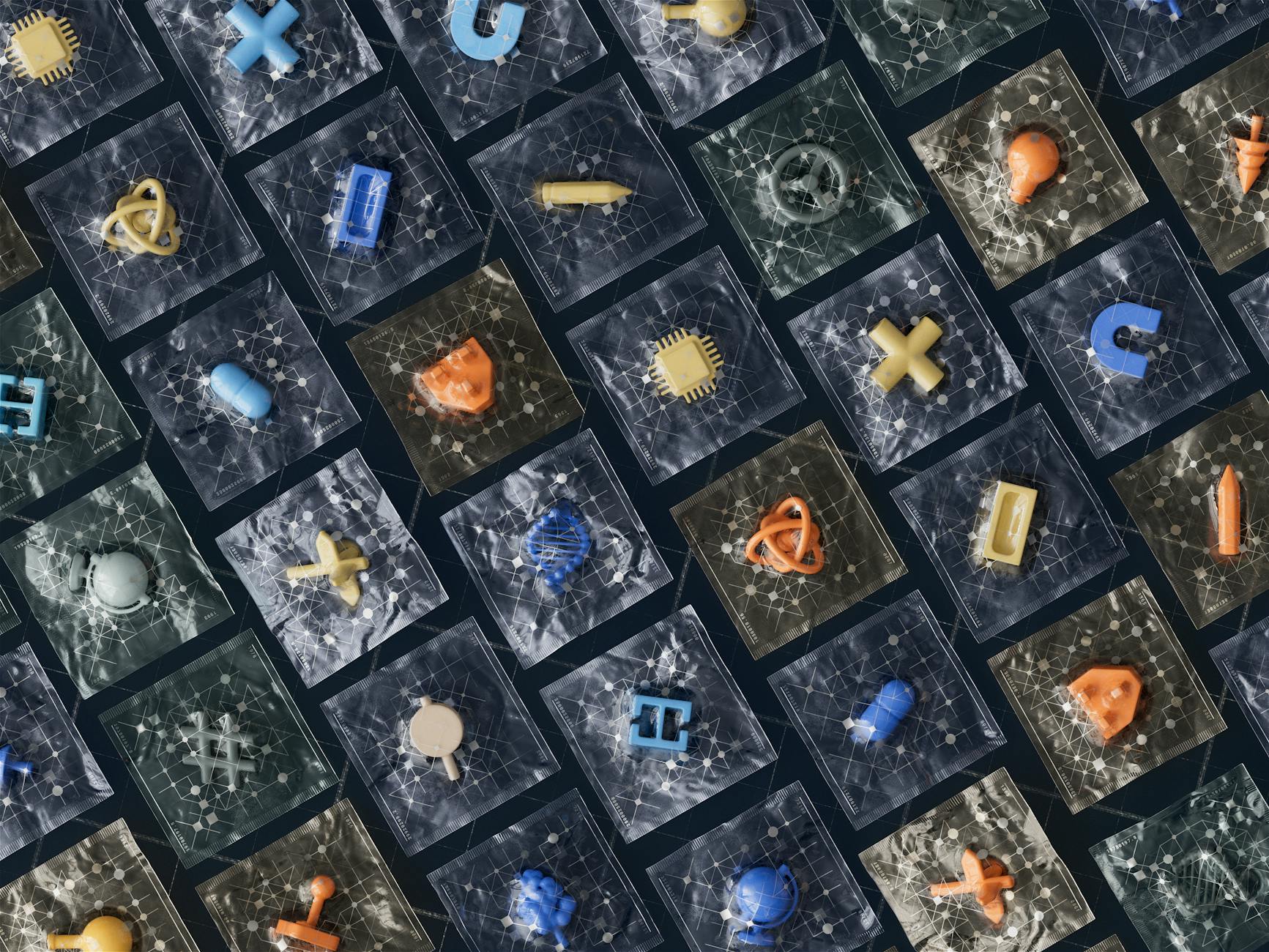The Uncanny Valley Goes Mainstream: AI Deepfakes and the Coming Reality Crisis

There is a concept in robotics and animation known as the "uncanny valley." It is the feeling of unease and revulsion we experience when we see a humanoid figure that looks almost, but not quite, human. The small imperfections—the unnatural movement, the deadness in the eyes—trigger a sense of profound wrongness in our brains.
For years, artificially generated media lived safely outside this valley. Fake images and videos were clumsy and easy to spot. But with the recent explosion in the power and accessibility of generative artificial intelligence, we have crossed the uncanny valley and emerged on the other side. AI-generated deepfakes—realistic, synthetic videos, images, and audio—are now so convincing that they are becoming increasingly indistinguishable from reality.
This is no longer a theoretical threat. It is a mainstream phenomenon, and it is poised to create a profound psychological and social crisis in our ability to trust what we see and hear.
The Democratization of Deception
Until very recently, creating a convincing deepfake required significant technical expertise and computing power. Today, a new generation of user-friendly AI tools, available online, has put this powerful technology in the hands of millions. Anyone with a smartphone can now create a realistic-looking fake image or clone a person's voice from a short audio clip.
The consequences of this "democratization of deception" are already being felt. We have seen AI-generated images of political leaders in compromising positions go viral. We have seen deepfake audio of politicians being used to spread disinformation during election campaigns. And we have seen the technology being used for fraud, harassment, and the creation of non-consensual pornographic material.
The Liar's Dividend
The most insidious psychological impact of this new reality is what scholars call the "liar's dividend." As the public becomes more aware that any image, video, or audio clip could be a fake, the liar's dividend is the benefit that accrues to actual liars. When anything can be faked, it becomes easier to dismiss real, inconvenient evidence as a "deepfake."
A politician caught on tape saying something incriminating can simply claim the tape is an AI-generated fake. A corporation facing video evidence of an environmental disaster can do the same. This erodes the very concept of objective, verifiable evidence that is the foundation of journalism, our legal system, and our shared understanding of reality. It creates a world where all information is suspect, a world where the default response to any challenging piece of evidence is a cynical, dismissive shrug. This is a perfect environment for conspiracy theories and propaganda to flourish.
The Cognitive Cost
Living in such a world will exact a heavy cognitive toll. Our brains are not wired to constantly second-guess the reality of everything we see and hear. The need to maintain a state of constant vigilance against potential deception is mentally exhausting. It can lead to a state of "reality apathy," where, overwhelmed by the effort of discerning fact from fiction, people simply disengage from the news and public life altogether.
The solutions to this crisis are complex and will require a multi-faceted response, including the development of better AI detection technologies, new legal frameworks to punish the malicious use of deepfakes, and a massive public education campaign to improve media literacy.
But the psychological challenge will remain. The uncanny valley was once a useful concept for understanding our reaction to imperfect simulations. Now that the simulations have become nearly perfect, we find ourselves in a new, much more dangerous valley: a valley of pervasive doubt, where the very ground of reality is shifting beneath our feet.
